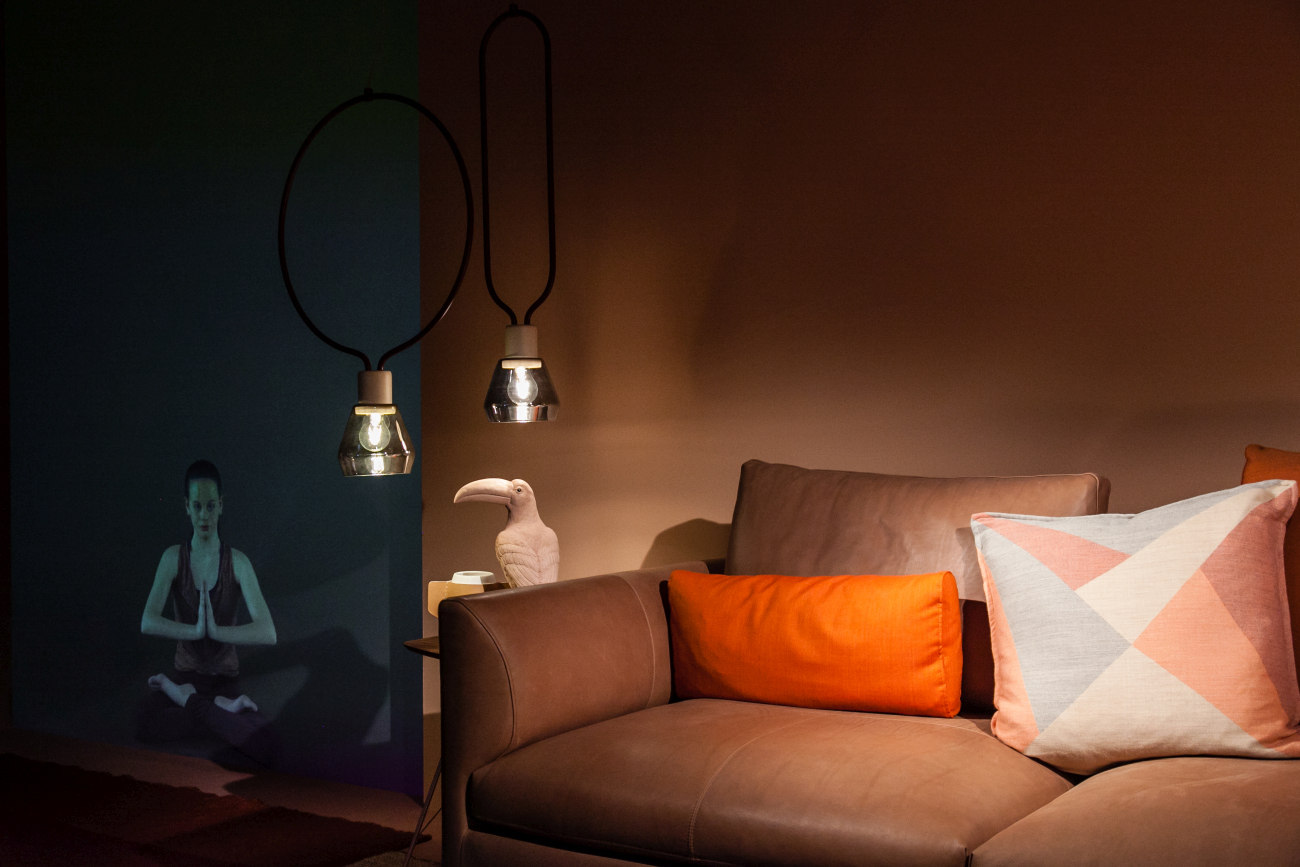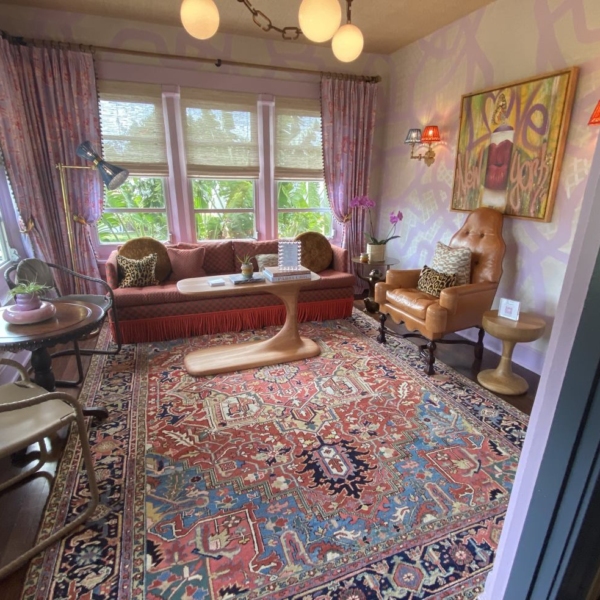Lighting design is an underappreciated but critical aspect of room design, so knowing how to design the lighting elements will help any room feel more cohesive. This is why it is worth understanding which outdated lighting trends to avoid and which ones have a more timeless style.
Like all trends, lighting styles change over time, and following each iteration can be challenging. Following new trends in any room design feature is a personal decision and may not be appropriate for your time and space. Only consider ditching your outdated lighting if you want to refresh your space. This means that you are in control of the outcome and will ensure that you create a home that you love.
Outdated Lighting Trends
As design preferences shift, these outdated lighting elements have given way to more efficient, effective, and innovative lighting designs.

Builders-grade light fixtures are typically standard-style lights that are installed as the default option in new homes. These lights are chosen for their utility rather than their aesthetic compatibility with the home. Standard lights lack a distinct visual appeal and are limited in variety. They also have limited functionality, including the lack of adjustable arms and compatibility with smart home devices.
Lighting is an excellent way for homeowners to express their unique personalities in their homes. Do not feel compelled to replace all of your home’s lighting to give it a new look. Even replacing one chandelier in a prominent area, such as the dining room or living room, can significantly improve the overall appearance of your space.
Matching Lights

Builders and architects frequently use matching lights as a convenient default option, similar to standard, builder’s-grade lighting. This enables them to create a cohesive light design with minimal thought. Unfortunately, this produces a lighting design that is monotonous and predictable. It also gives the space an overly coordinated appearance that lacks organic quality and authenticity.
Diverse lighting elements create a more exciting and visually appealing space. If you aren’t experienced in how to mix lights, it can seem intimidating at first. First, choose one piece that is the focal point of the space, like a chandelier or a set of pendant lights. Next, choose other lighting elements that support this main light in style and function. One of the easiest ways to make sure the lights are cohesive is to use lights with the same or a similar finish and color, even while varying the height and the locations of the lights.
Single Light Sources

There are few things that are more uninviting than a single overhead light fixture in a room. Not only is this kind of light uninviting, but it has limited coverage, which makes it ineffective as a complete lighting design.
Layered lighting is not a new trend, but it is still the best way to create a nuanced room design that is both functional and comfortable. When creating a layered light design, consider the entire room. Use a central light, such as a flush-mount fixture, chandelier, or pendant, to create a clear focal point for the room, but do not stop there. Consider the distinct areas of the room and make sure there are lighting sources to illuminate each area. Add options like task lighting to help support the ways that you use the room, such as for reading, playing games, crafting, or watching television.
Track Lighting

Track lighting is an exposed light rail that was popular from the mid-20th century to the 1980s. These light fixtures have a track that contains the exposed conductors that power the individual lights, allowing them to be easily positioned anywhere on the track. This style lasted a long time because it was so versatile and customizable for different rooms and needs. While track lighting has regained popularity among some designers for certain spaces, it is incompatible with the majority of home styles. The exposed metal track has a difficult-to-hide appearance and thus has limited aesthetic appeal, especially in traditional or classic design styles.
Many homeowners have replaced tracks with recessed lighting, but other types of lighting, such as lamps and pendants, can help fill the void left by track lighting. If you need a light source in a specific area but are unable to replace it with hidden wired options, there are good options for LED battery-powered ceiling lights that can be controlled via a remote.
Dark and Heavy Light Fixtures

Dark and heavy fixtures, so common in 1990s and 2000-era homes, can weigh a room down. These light fixtures, often more appropriate in old-world European castles, were ornate, featuring complex scrollwork and iron detailing that looks out of place in most typical modern, suburban homes. They also limit the homeowner’s ability to diversify their space because they visually dominate and overwhelm each room.
The design trends are shifting toward lighter and more organic light styles. Many of these fixtures have cleaner lines and a spare style. They also have lighter-colored bodies, both metallic and painted, and shades made of cloth and more textured natural materials such as seagrass, wicker, and raffia.
Small Pendant Lights

The trend in pendant lights throughout the 1990s and early 2000s was to use multiple small pendant lights to provide enough task lighting for an island or over a similar work space. Today, designers and savvy homeowners are tending toward fewer but more impactful light fixtures. These still provide enough lighting for the task, but they simplify the look with a few vertical chords and features. If you like this look, consider an option like a linear chandelier. These light fixtures have just two ceiling connections but can contain multiple lights in a more cohesive design.
Cool-Colored Lights

When LED bulbs were first introduced, they had a limited color range, which made a room look uninviting and sterile. Excessive exposure to blue light can also interfere with natural circadian rhythms and interrupt health-giving sleep.
Today, LED bulbs have evolved and feature a wide range of colors that better mimic natural light. Look for LED bulb options with a color temperature in the range of 2700K–3000K. These resemble warm, natural light, which makes your environment more comfortable and inviting. Also, look at the CRI measurement. Any measurement above 90 will ensure that your room has enough light to support tasks that require any color discrimination.
Overuse of Spotlights

Spot lights, also called recessed lights, were a huge light trend in the early 2000s and still continue today. Like track lighting, spot lights were an easy way to add lights in different areas of the room without taking up any floor space and with little visual clutter. The mistake lies in just using spot lights rather than layering lighting sources throughout all levels and areas of the room. Instead, consider ways to use all types of lighting, including chandeliers, pendants, wall sconces, and lamps, to provide texture and interest throughout the room.
Edison Bulbs

Edison bulbs are a popular vintage, industrial-style bulb with a visible filament, similar to the style created by Thomas Edison. These bulbs have been popular for many years and still have a distinct appeal, but they have limited utility in contemporary or modern-style homes. Furthermore, the light level is inadequate; the warm glow of the Edison bulbs, while beautiful, is insufficient for most task lighting.
If you still like the look and style of Edison bulbs, there are more modern LED options available. Many of these are brighter, longer-lasting, and require less energy output. Look for dimmable options if you still love that cozy glow that you get from incandescent Edison bulbs.


